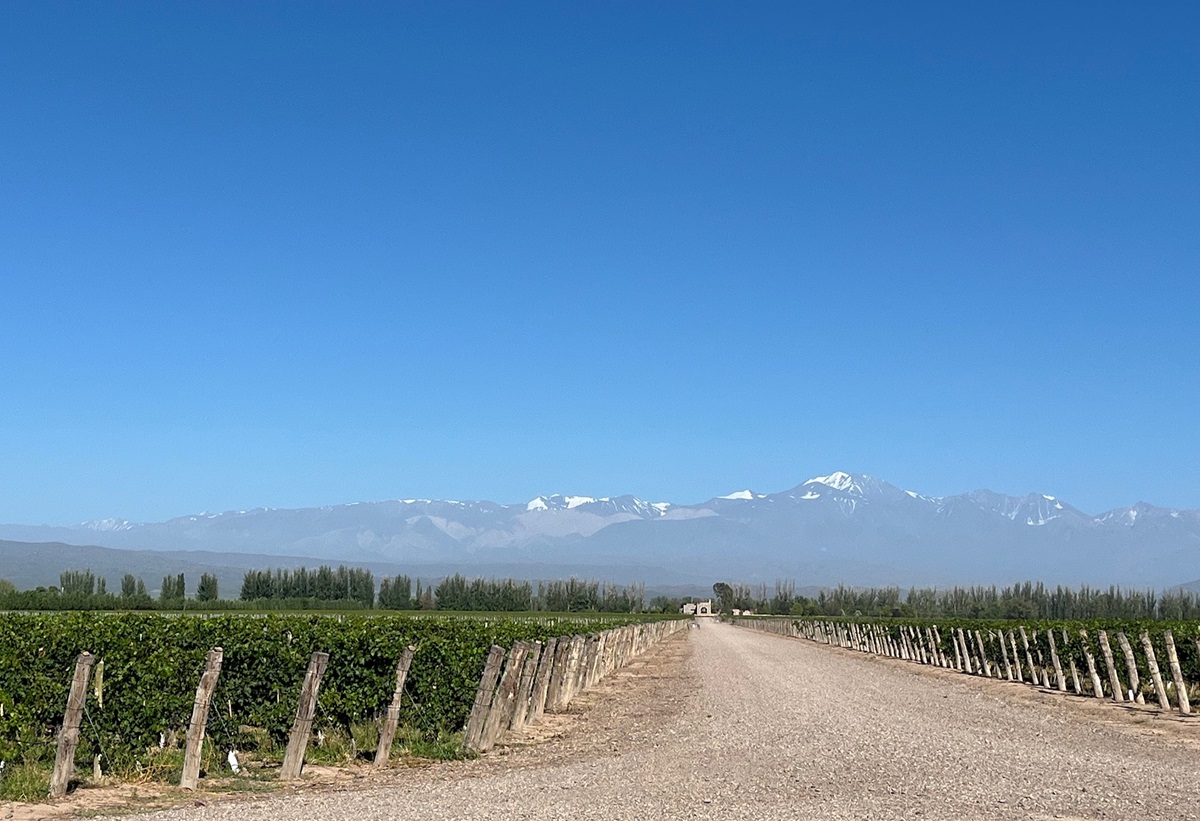DRY TOKAJ GAINS GROUND
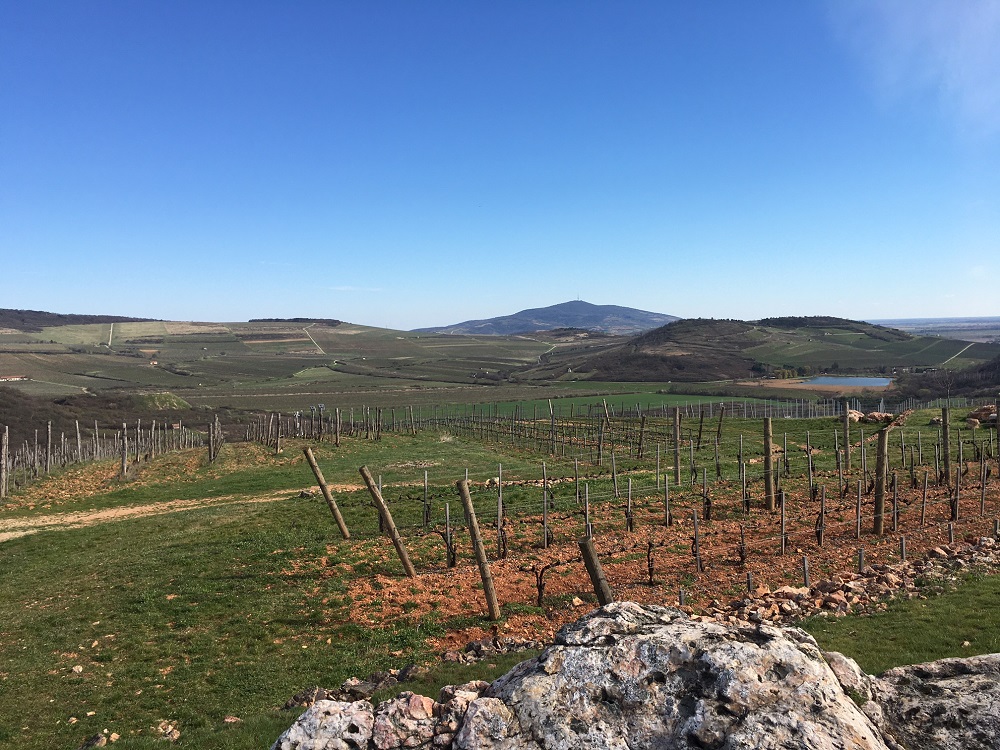
Standing at the top of the famous Szent Tamas vineyard in Tokaj wine region, I have a 360 degree view of Mad basin with its cluster of volcanic cone hills and roll-call of ‘super-vineyards’.
Under my feet are red clay and rhyolite volcanic rocks in Szent Tamas, which turn to yellowish brown clay in neighbouring Nyulaszo. Below me in the eastern basin are whiter soils in lower Betsek with the higher terraced red clay and zeolite-based Oreg Kiraly vineyard in the distance. To the west of Mad village are another line-up of famous steep slopes including Urban, Uragya and Kozephegy.
These hillside ‘crus’ (called ‘dulos’ in Hungarian) have been renowned for 400 years for legendary Tokaj sweet wines. They were so revered, they were ranked in the world’s first classification in C18, but during communism were neglected and blended to make cheap sweet wine. In C21 they are now home to fine dry wines rivalling the best of Chablis or Anjou.
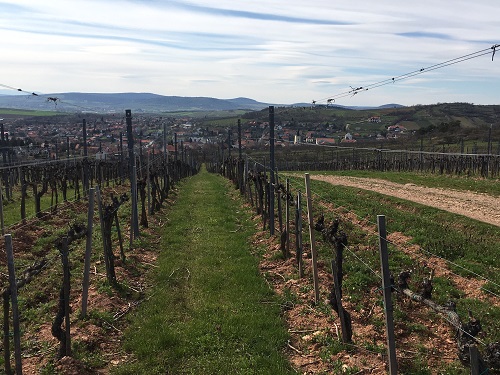
In the last 20 years Tokaj has changed dramatically. Famous vineyards in Mad (pictured above) and in neighbouring villages of warmer Tokaj and Tarcal and cooler Erdobenye and Sarospatak are being revived. All of Tokaj’s 300 producers bottling their own wine make dry wines from the same vineyards and grapes once renowned for sweet.
“Tokaj always produced dry wines, called ‘ordinarium’, used for base wine blends with raisined Aszu berries”, says Peter Molnar of Patricius. “Thanks to the quality and versatility of Furmint and Harslevelu grapes, we have changed, evolved and adapted – making dry and sparkling wines as well as sweet”.
Six grapes are allowed in Tokaj, but the best for dry wines are high acid steely Furmint and its softer honeyed daughter, Harslevelu. “We switched thinking for dry wines as we need healthy not botrytis-affected grapes, using looser-bunched clones from cooler drier vineyards to make dry wines with finesse and balance” explained Zoltan Kovacs of Royal Tokaji.
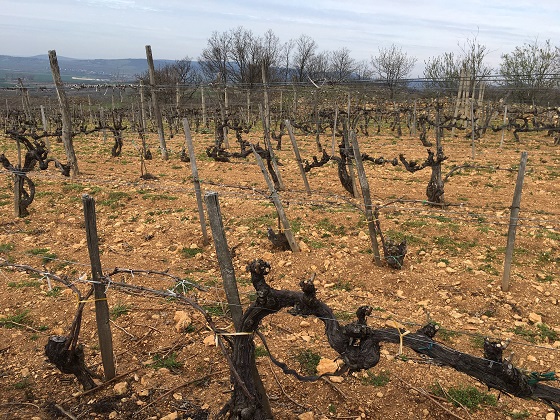
The first single vineyard dry wine was made in 2000 by Istvan Szepsy in Uragya vineyard (pictured above). 2003 proved the turning point with a difficult botrytis vintage, with producers experimenting with dry as Szepsy had done – and the rest is history. Uragya, classified as 2nd class in C18 for sweet wines, is today considered 1st class for dry wines.
Two decades on it is not Tokaj’s larger wineries like Royal Tokaji, Disznoko and Patricius driving the single vineyard dry wine category. They believe Aszu wines are what makes Tokaj unique, focusing mainly on sweet. It is smaller artisan producers like Kikelet, Zsirai, Balassa, Holdvolgy, Carpinus, Kvaszinger and Nobilis who make mainly dry wines. Today 20% of Tokaj’s production is dry, but set to increase.
Istvan Balassa believes there is a lot of work to be done. “Furmint is exceptional with low yields making great terroir wines, but is not so good for high yielding cheaper styles”, he says. “It is not the grape that is important, it is the terroir and we need research on our andesite, dacite and rhyolite volcanic soils to make even finer dry wines”.
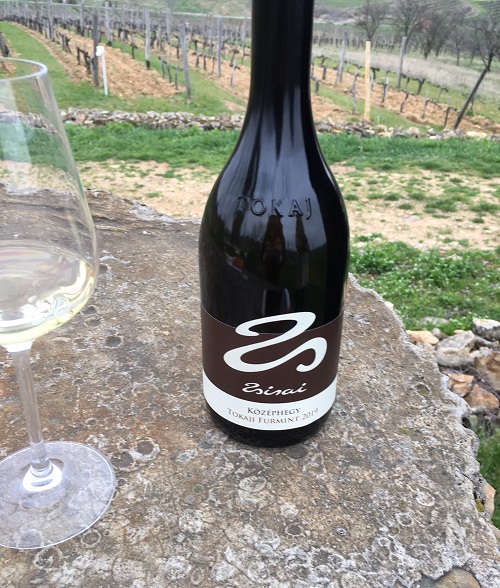
Across different vineyards dry Furmint varies in style from sleek Riesling-like floral delicacy in cooler Juharos and Kozephegy (pictured above) to richer more intense muscular Chardonnay-like styles in warmer Szent Tamas – but always with minerality.
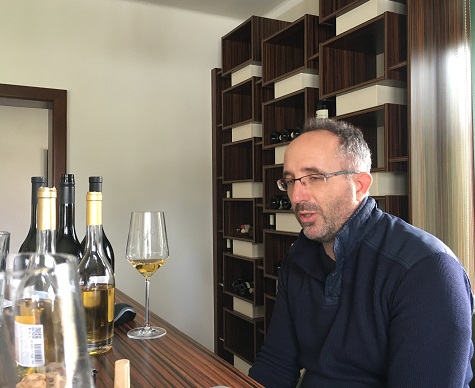
“Furmint makes big muscular wines which take time to unfurl so the consumer needs to be patient as this grape has great ability to age”, says Istvan Balassa (pictured above).
According to Istvan Szepsy Jnr (pictured below) dry wines always have underlying sweet notes: “even the healthiest grapes have a hint of botrytis giving uniqueness to Tokaj’s dry wines”.
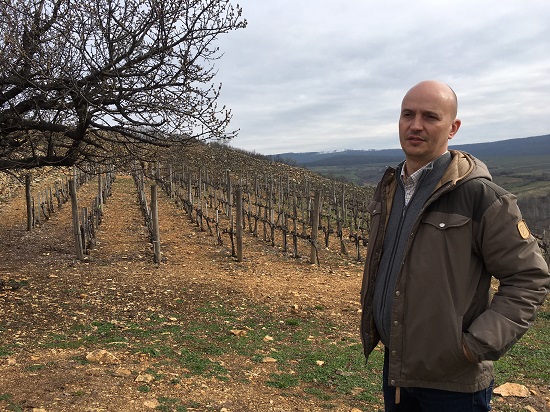
Tokaj also has room to grow. Only half of its original 11,000 hectares are planted. Around Mad neglected terraces are being refurbished by new investors Maison aux Pois and Grof Degenfeld and near Bodrog river Lapis, Varhegy, Hatalos and Gyertyanos hillside vineyards are being revived. “Only 30% of classified first growths and half of all classified vineyards are planted – there is such potential here”, says Szepsy (pictured above in Urban vineyard near Mad).
With the influx of dry single vineyard wines, there is talk of updating the C18 classification designed on sweet wines. Some believe it would put Tokaj on the map, incentivise quality and project a premium image. Others want to wait 50 or 100 years to find the best dry wine sites, whilst the old guard hope to retain the original C18 classification.
DRY SINGLE VINEYARD TOKAJ WINES
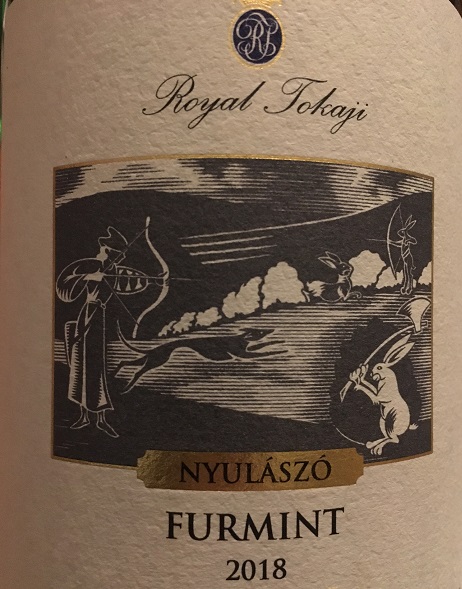
Mad: ‘Nyulaszo’ Furmint 2018 Royal Tokaji
£20 The Wine Society
Rich warm vintage; powerful melange of ripe pearskins, lemon peel, apple, oak spice and nuts with zesty high acidity.
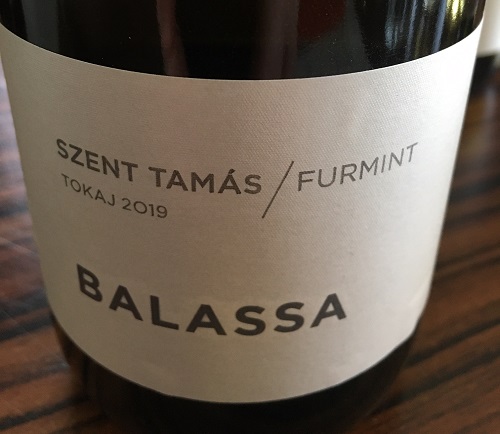
Mad: ‘Szent Tamas’ Furmint 2019 Balassa
£37.50 Best of Hungary
Beautiful balance with rich sweet notes, honeyed, minty, precise arrow-like acidity and fine minerally finish.
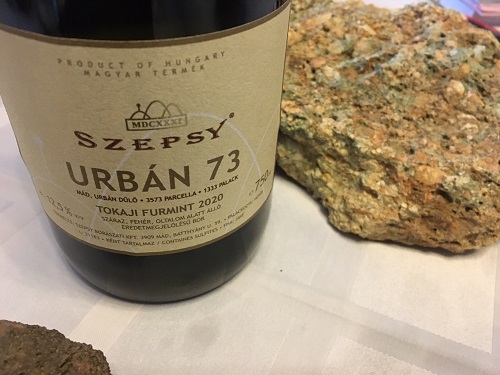
Mad: ‘Urban’ Furmint 2017 Szepsy
£58 Top Selection; 9 Elms Wines; Wanderlust; Hedonism
Top 2017 vintage is unfurling to reveal honeyed intensity, dense power and salty minerality.
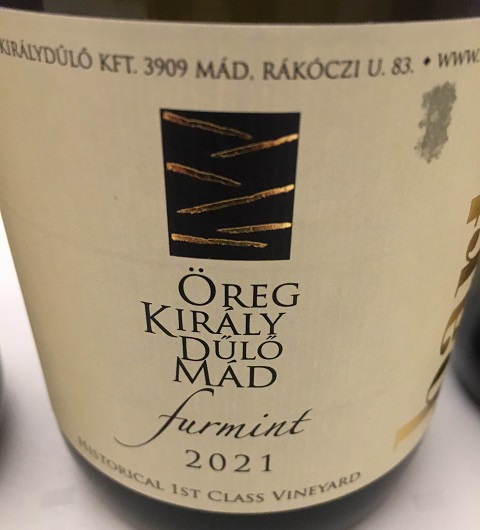
Mad: ‘Oreg Kiraly’ Furmint 2021 Barta
£27 Corney & Barrow
Brilliant zesty citric fruit, gentle oak, vibrant acidity and tremendous length like great Grand Cru Chablis.
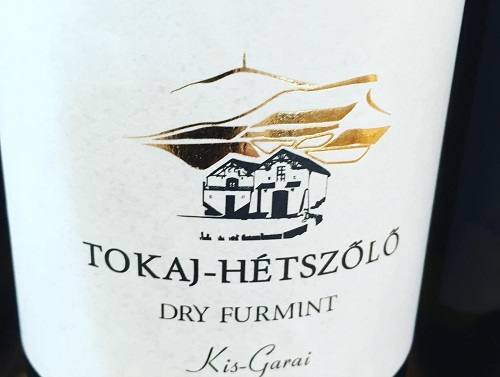
Tokaj: ‘Kis Garai’ Furmint 2021 Hetszolo
N/A in UK
Loess over dacite and andesite soils give rich intensity here, layered fruits, savoury with salty minerally finish.
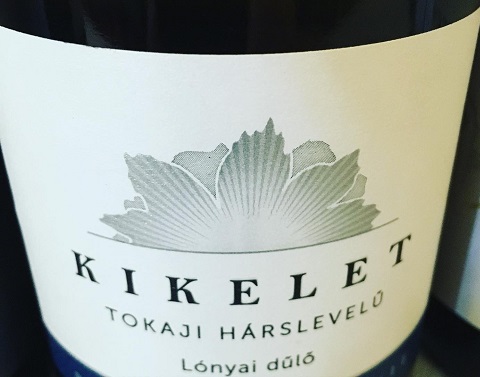
Tarcal: ‘Lonyai’ Harslevelu 2021 Kikelet
£19 Wanderlust Wines
Barrel fermented Harslevelu from loess over volcanic shows dry Tokaj’s softer side; attractive honey and dried apricot notes, richness and intensity.
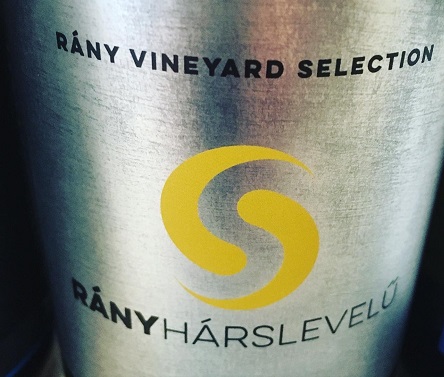
Tolcsva: ‘Rany’ Harslevelu 2021 Sanzon
£19 Novel Wines
Intriguing intensity and purity of fruit from Rany vineyard’s east slopes, part aged in amphora and oak.
By Rose Murray Brown MW Published in The Scotsman 16 April 2023.
Join Rose’s Fine Wine Dinner in Prestonfield on 18 May www.rosemurraybrown.com
wine tastings
The perfect gift for the wine enthusiast in the family. Rose does In-person tastings too.
cellar advice
Rose does cellar valuations for private clients, valuations for insurers & bespoke portfolio management.
Related stories
March 31, 2024
By Rose Murray Brown MW Published in The Scotsman 30 March 2024 On 2 February 1659, the first wine made from grapes grown in South Africa was crafted by the Governor of the Cape, Jan van Riebeeck. He had planted vines four years earlier in the Company’s Garden near Cape Town from cuttings imported from France. Van Riebeeck’s first
March 24, 2024
By Rose Murray Brown MW Published in The Scotsman 16 March 2024 Heatwaves and bushfires were very much on the agenda when I visited Chile last month as winemakers prepared for their 2024 harvest in blistering heat and drought, with a plume of smoke from the devastating fires lingering over coastal hills. Heat and drought are the greatest challenges
March 23, 2024
By Rose Murray Brown MW Published in The Scotsman 9 March 2024 I have two glasses of Malbec in my hands from the same high-altitude vineyard in Uco valley in Argentina. I am in the Catena Institute of Wine in Mendoza with winemaker Agustin Silva. He has asked me to taste the two wines, both from the 1500m high



